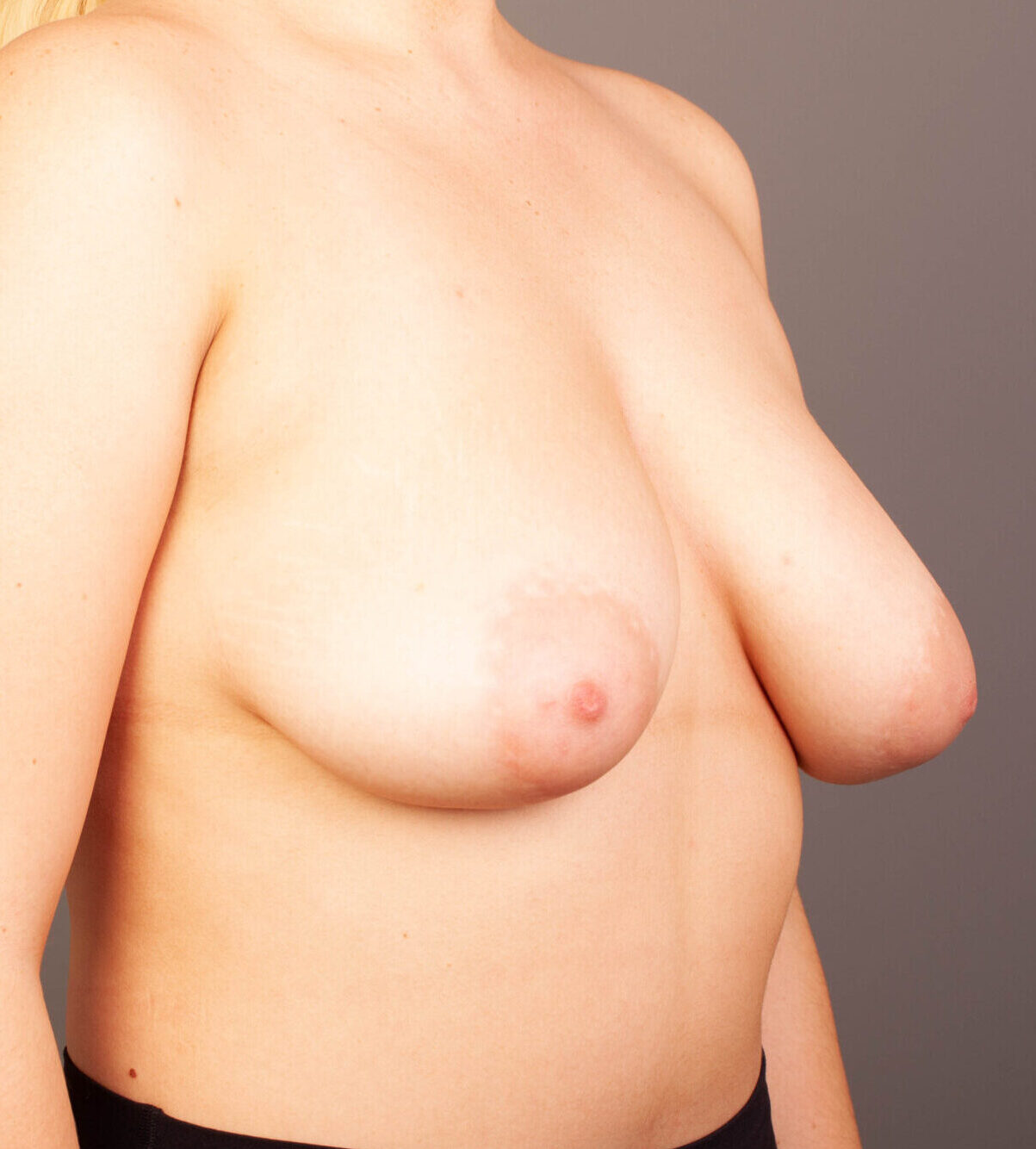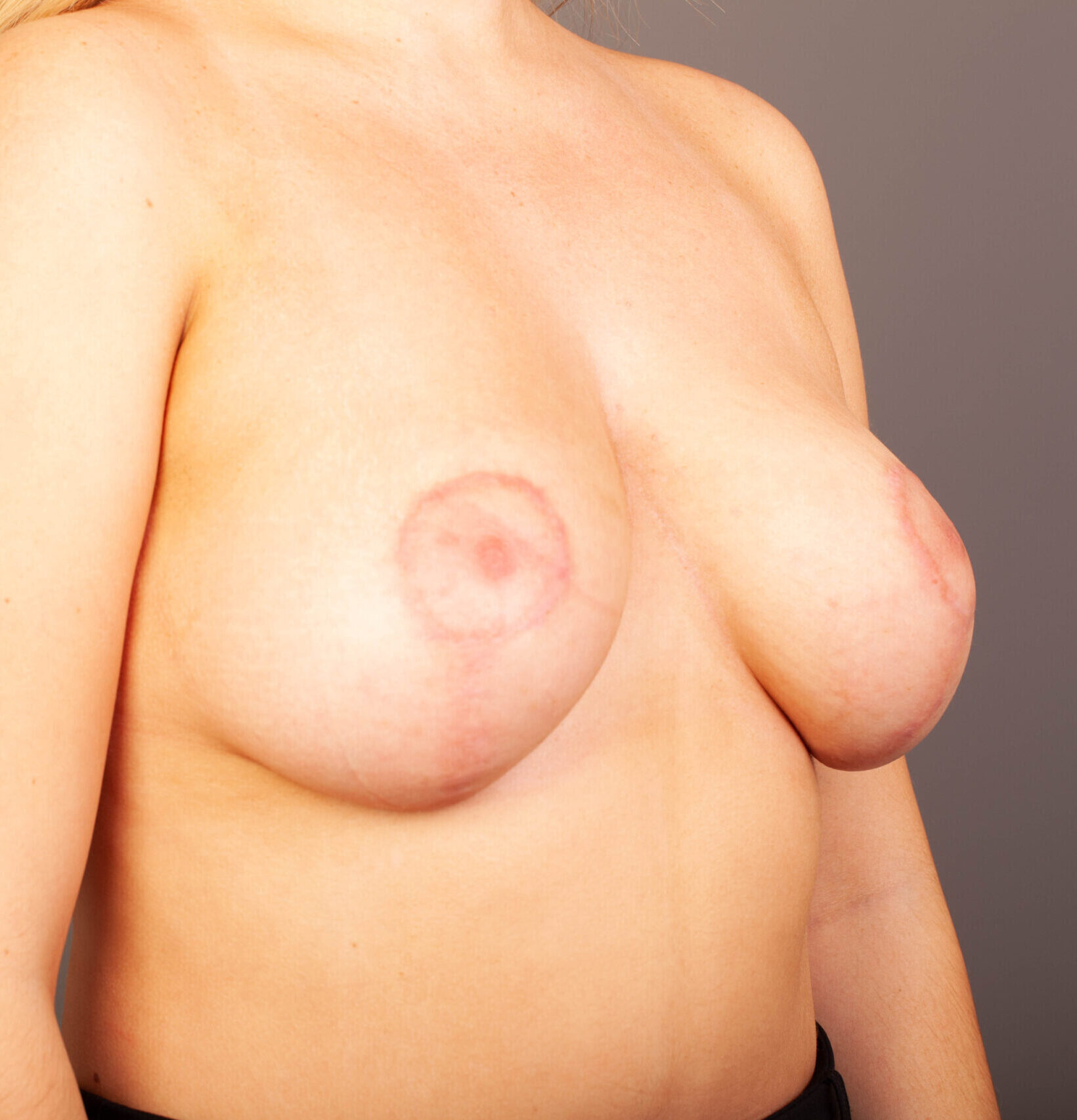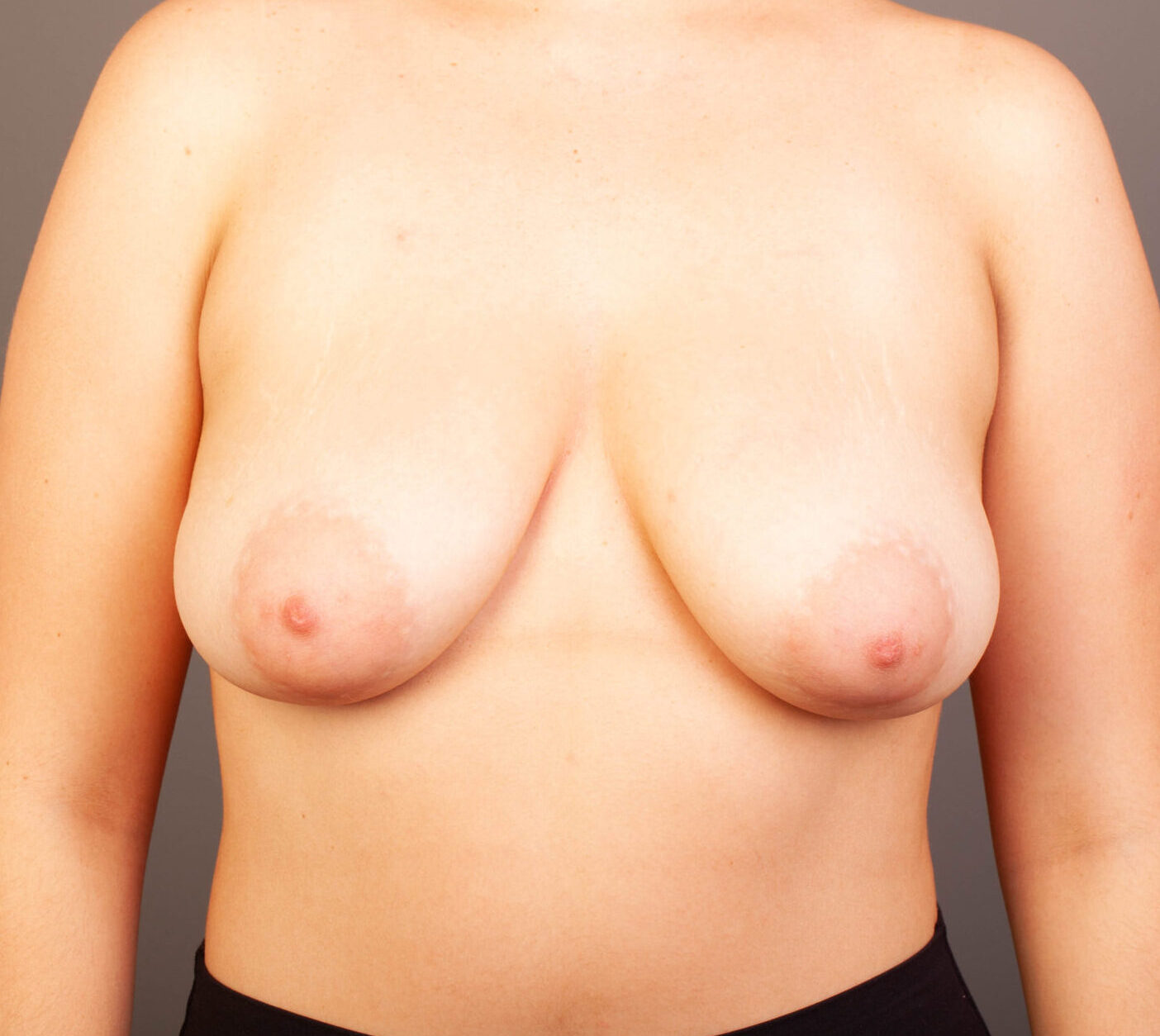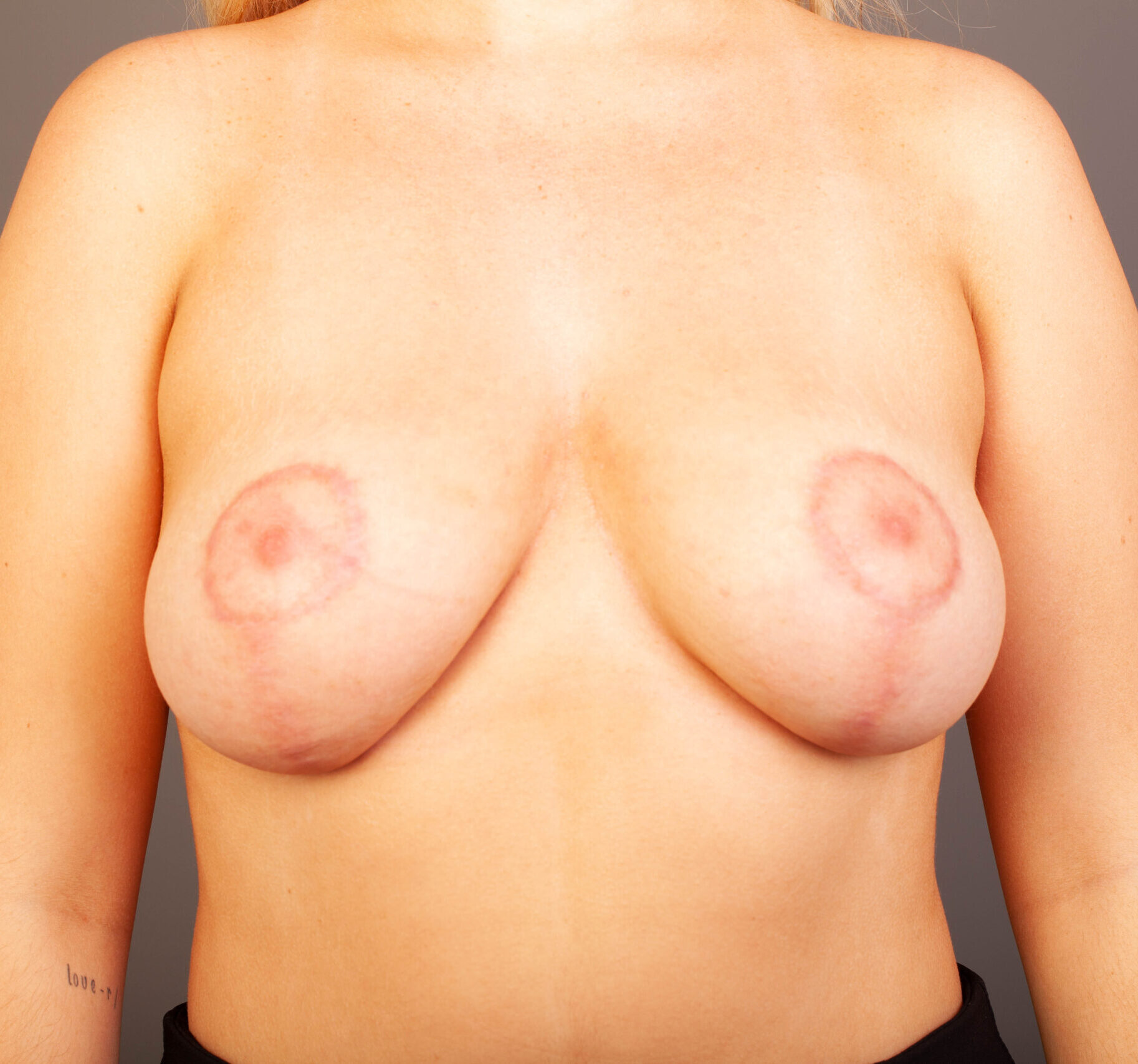Breast reduction, also known as reduction mammoplasty, is a surgical procedure that involves removing excess fat, glandular tissue, and excess skin from the breasts to achieve a smaller and more proportional breast size. One of the most common concerns among women considering this procedure is the appearance of scars after surgery. In this article, we’ll cover the different types of breast reduction scars, the factors that affect scarring, and tips for caring for and treating your scars.
Breast reduction scars are the incisions made during the surgical procedure to remove excess tissue from the breasts. These scars will vary in appearance and location, depending on the technique used by the surgeon, the size of the reduction, and the patient’s age, skin type, and genetics. Some common locations for breast reduction scars include around the areola, vertically down the breast, and along the crease of the breast.
In addition to cosmetic concerns, many women also seek the procedure to relieve physical discomfort, such as neck and back pain, as well as skin irritation and rashes caused by large breasts. Likewise, breast reduction can also improve posture, making it easier to engage in physical activities and may even reduce the risk of developing health problems associated with large breasts.
Types of Breast Reduction Scars
| Scar Type | Description | Pros | Cons |
| Anchor-Shaped Scar | A scar that encircles the areola and extends vertically down the breast and horizontally along the crease of the breast. | Longest scar of all the types. It can be noticeable in certain clothing (bikinis). | Suitable for moderate-sized breast reductions. It can be hidden under clothing. |
| Vertical Scar | A scar that starts at the areola and extends vertically down the breast. | Shorter than the anchor-shaped scar. Least noticeable scar. | Not suitable for large breast reductions. |
| Inverted T Scar | A scar that starts at the areola, extends vertically down the breast, and horizontally along the crease of the breast. | The scar can be noticeable in certain clothing (bikinis). | Scar can be noticeable in certain clothing (bikinis). |
| Lollipop Scar | A scar that encircles the areola and extends vertically down the breast. | Suitable for smaller breast reductions and breast lift procedures. Least noticeable scar. | Not suitable for larger breast reductions. |
Anchor-Shaped Scar
The anchor-shaped scar, also known as the inverted T scar, is the most common type of breast reduction scar. This scar encircles the areola, extends vertically down the breast, and horizontally along the crease of the breast. The anchor-shaped scar is ideal for larger breast reductions, as it allows the surgeon to remove more tissue and reshape the breast. Additionally, the shape of the scar can help support the breast tissue and prevent drooping.
Vertical Scar
The vertical scar technique starts at the areola and extends vertically down the breast. This technique results in a shorter scar than the anchor-shaped scar, and it is the least noticeable scar. However, this technique is not suitable for large breast reductions, as it can’t remove as much tissue as the anchor-shaped scar.
Inverted T Scar
The inverted T scar is similar to the anchor-shaped scar, starting at the areola, extending vertically down the breast, and horizontally along the crease of the breast. However, this technique is suitable for moderate-sized breast reductions and can be hidden under clothing. The shape of the scar allows for better reshaping of the breast tissue.
Lollipop Scar
The lollipop scar encircles the areola and extends vertically down the breast. This technique is suitable for smaller breast reductions and breast lift procedures. The lollipop scar is considered the least noticeable scar, but it is not suitable for larger breast reductions.

Factors that Affect Breast Reduction Scarring
Breast reduction scars are unique to each patient and can be affected by a variety of factors. Understanding these factors can help you prepare for the appearance of your scars and make informed decisions about your procedure.
Surgeon Experience and Technique
The experience and expertise of your surgeon can play a significant role in the appearance of your scars. Surgeons who have extensive experience in performing reduction mammoplasty are likely to have a better understanding of how to minimise scarring and optimise the healing process. Also, they may use techniques that are known to produce better scar outcomes, such as using fine sutures or special dressings to minimise scarring.
Genetics
Your genetics can also play a role in the appearance of your scars. Some individuals are more prone to scarring than others, and this tendency can be inherited. If you have a family history of poor scarring, it’s important to discuss this with your surgeon to determine the best approach for minimising scarring and optimising the healing process.
Age and Hormonal Status
Age and hormonal status can also affect the appearance of scars. As we age, the skin loses its elasticity and the ability to heal as quickly as it did in our youth. Women who are undergoing a reduction mammoplasty during or after menopause may also experience a slower healing process due to hormonal changes.
Skin Type
Skin type can also affect the appearance of scars. Individuals with lighter skin tend to develop less noticeable scars, while those with darker skin are more likely to experience significant scarring. Darker skin types have a higher risk of abnormal scarring, such as keloid and hypertrophic scars. If you have concerns about the appearance of your scars, it’s important to discuss this with your surgeon and consider factors such as skin type when making your decision about the procedure.
Tips for Minimising Scars from Breast Reduction
- Follow the post-operative care instructions provided by your surgeon
- Avoid direct sun exposure for several months after the procedure
- Keep scars hydrated using a silicone-based scar gel or ointment
- Avoid activities that put pressure on the incisions
- Maintain a healthy lifestyle, including a balanced diet and regular exercise
- Avoid smoking, as it can slow down the healing process
- Wear a supportive bra as recommended by your surgeon
- Consult with your surgeon if you have any concerns about your scars
By following these tips, you can minimise scarring and optimise the healing process after your reduction mammoplasty. Remember to always consult with your surgeon if you have any concerns about your scars or the healing process.
Breast Reduction Scars After 6 Months
This is an example of an anchor scar, pictured 6 months after breast reduction surgery. By this time, the scars are a pale pink in colour and will continue to fade over time. With time and proper care, the scars will continue to lighten until they become barely visible.
Breast Reduction
Frequently Asked Questions – Breast Reduction Surgery Scars
How long Does It Take to Recover from a Breast Reduction Surgery?
Breast reduction recovery time can vary depending on individual factors, but most patients take about two to four weeks off work and physical activity to allow for proper healing. During this time, you should expect some swelling, pain, and discomfort, but this will gradually subside as you heal.
Are Breast Reduction Scars Permanent?
Breast reduction scars are permanent, but their appearance will generally improve over time. After six months to one year, most patients notice that their scars have faded significantly and are less noticeable. However, the final appearance of the scars will depend on individual factors such as genetics, skin type, and post-operative care.
When Will My Scars Fade?
The timeline for when your scars will fade can vary depending on individual factors such as genetics, skin type, and post-operative care. On average, it takes about 12 to 18 months for scars to mature and for their appearance to stabilise. One year later, many patients notice that their breast reduction scars have significantly faded and are less noticeable.
Next Steps
If you are considering a breast reduction (reduction mammaplasty) or would like to know more about the scar fading process, please contact Dr Doyle at Gold Coast Plastic Surgery today.
About Dr Mark Doyle FRACS (Plas) – Queensland Plastic Surgeon
Servicing patients in Gold Coast, Brisbane, Sunshine Coast, Cairns and New South Wales NSW – Northern Rivers, Byron Bay, Ballina, Lismore and more.
Dr Mark Doyle is a fully qualified Specialist Plastic Surgeon with over 30 years of experience performing breast, body, face and nose surgery. He has completed all required training and only carries out approved surgical practices. There are NO undertrained doctors or cosmetic doctors acting as surgeons at Gold Coast Plastic Surgery.

